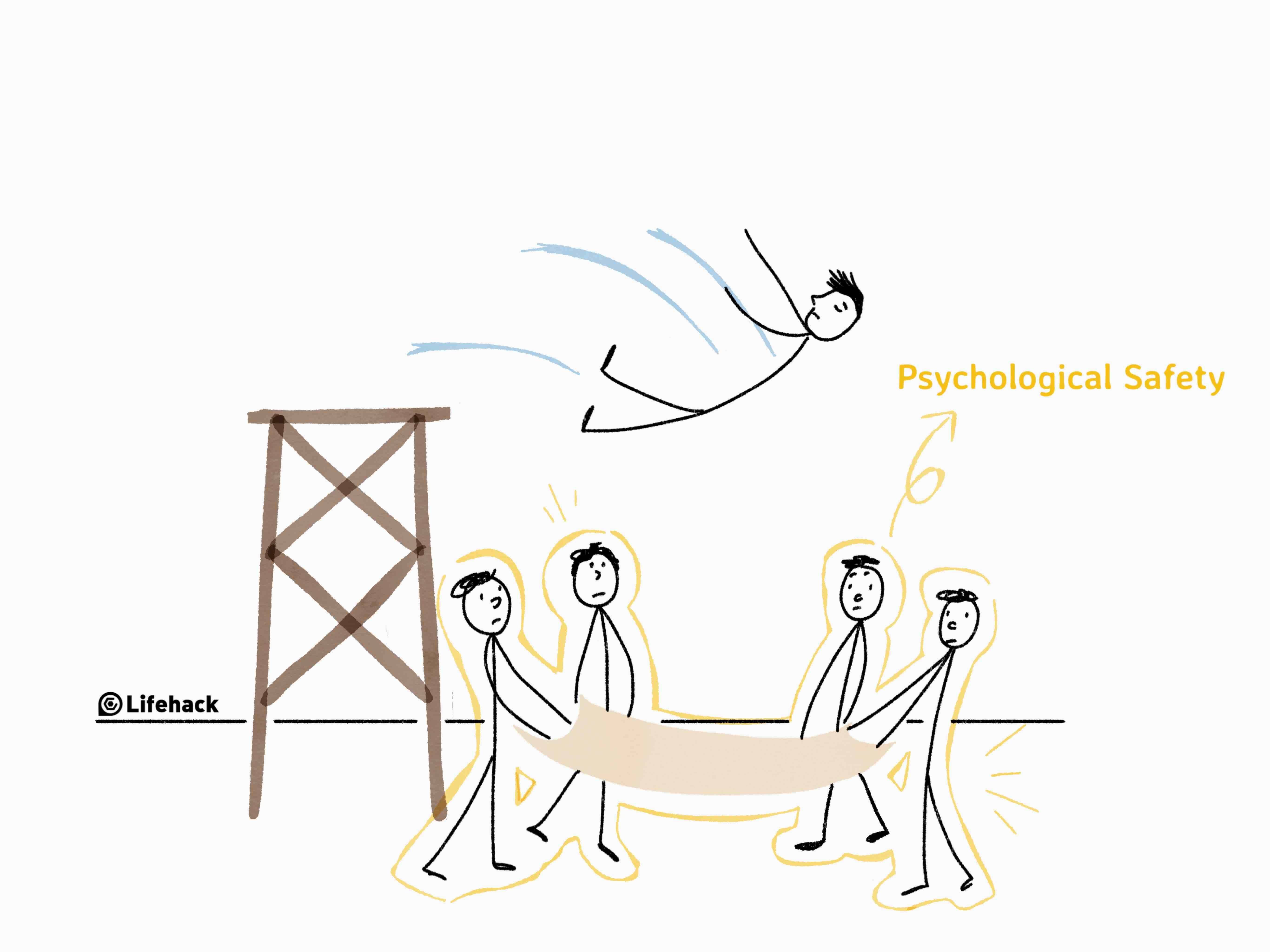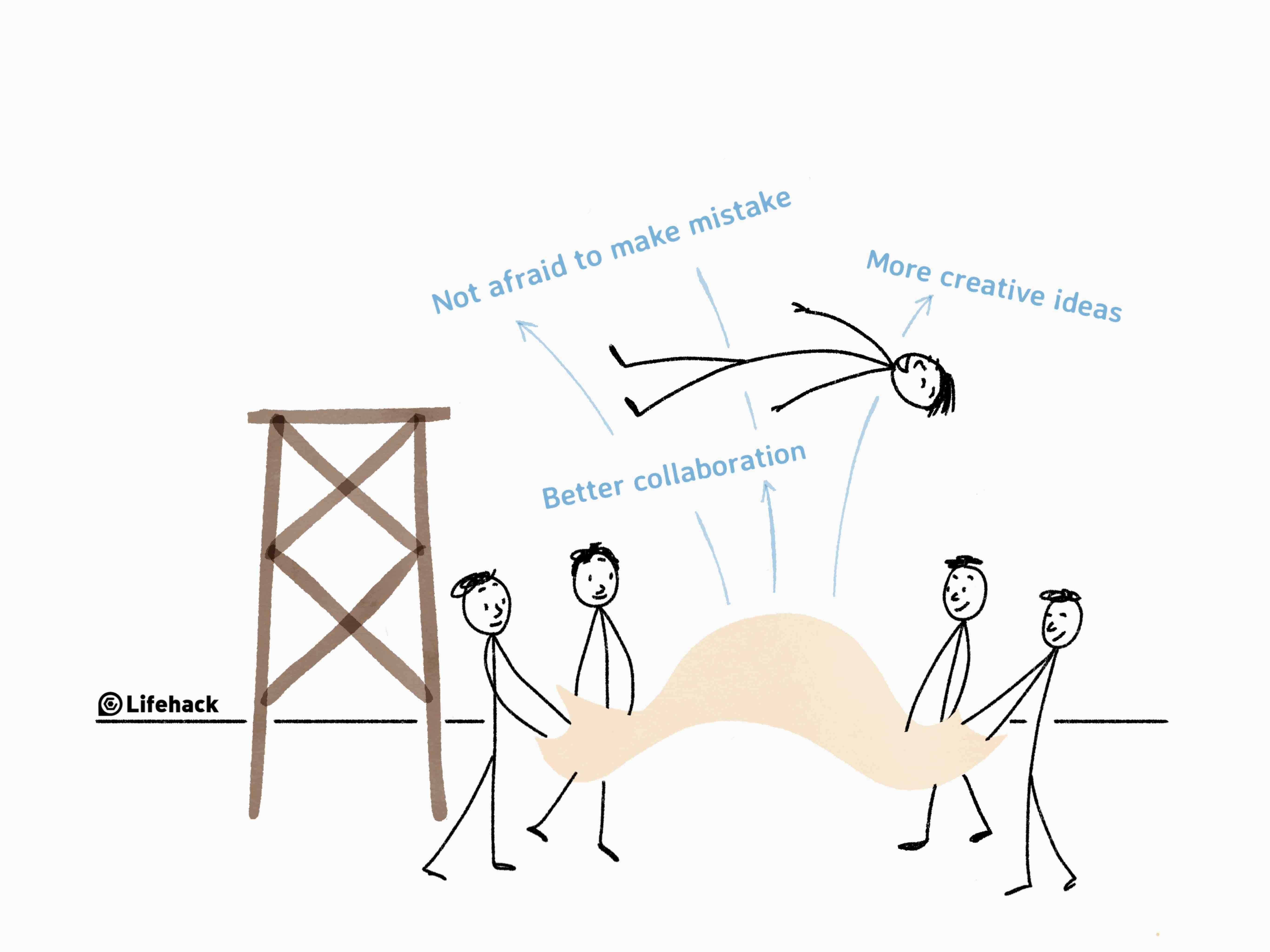If you are a team leader, it is possible you may have come across one or more of the following problems:
- Members of your team rarely attend meetings, and if they do seem to be uninspired or lacking in energy. This can render meeting utterly useless.
- You may find that your team has trouble coming up with any new, interesting, or alternative ideas or solutions. There may be a real lack of critical thinking in your team.
This can kill productivity. - During meetings or discussions, some members may remain quiet, or if they do speak may allude to there being a problem somewhere,but never specify what it is.
This may mean serious issues in your team may go unresolved, massively affecting the functioning of your team. - If you want to see if your team agrees to something, you might feel that some are merely agreeing for the sake of agreement. This could be a real problem as these people might have great ideas.
Any one of these can prove extremely problematic, more than one of these can be potentially disastrous.
All is not lost however, these issues, and more, often stem from the same issue, and with that issue identified, it can be resolved.
The issue is this, the team suffers from a lack of Psychological safety.
What is psychological safety?
Psychological safety is the (often shared) belief that the team is an environment where it is safe to take risks. To share ideas and speak openly without fear of criticism or ridicule.
Years ago, Google began Project Aristotle,[1] a project to determine how to engineer the most effective team possible. Google spent years studying 180 different teams in detail. Their research was so detailed that they even kept track of how often the team members ate together. In this project Google learned a great deal about how effective teams function. One thing that they noticed, is that key to almost all successful teams, is that they were environments of psychological safety.
As each team member felt free to contribute and speak up, they became hotbeds of ideas, team members were much less likely to leave, and ultimately, were more successful. All because of psychological safety.
Benefits of psychological safety
The key benefit of psychological safety is that it fosters and encourages collaboration and interaction in the team.
It can often be difficult to tell at first if an idea you have is any good. Someone may have a fantastic idea but might not speak up about it out of fear that they will be embarrassed. If your team is in an environment that people feel comfortable to speak freely in, they will naturally begin to produce ideas. Some ideas will be better than others of course (but even bad ones may be improved in an effective team). Ten bad or mediocre ideas are better than no ideas at all.
In psychologically safe teams, people won’t fear making mistakes so much, and with this, even if they make mistakes, they’ll be more likely to learn from them, increasing their future effectiveness.
Consider brainstorming, (or even improv comedy!), the reason why it’s so popular, is because they foster psychologically safe environments. Think about it, in an effective brainstorming session, every member of the team is contributing, soon you might have dozens of ideas and plans made where before you only had a handful. Sure not all of these ideas may be workable, but their sheer existence demonstrates that each member of the team feels they can contribute, they feel included.
However, if before one person came up with a bad idea that was shot down and overly criticized, they may be less likely to speak up in the future, even if they have a potentially groundbreaking idea. As such, it’s difficult to go wrong with a psychologically safe team.
All that is needed is for people to feel that they can speak up, even voice criticisms if they have them. People will engage in a team more if they feel a part of it, and that they are shaping it, and who knows, maybe in their critique is an idea that will massively increase the effectiveness, and with it, the success of your team.
But where do you start?
It all starts with you.
Psychological safety is not something that can appear organically by itself out of nowhere. If the team environment is not psychologically safe, then the team leader must work hard to make it a safe environment. Here are some tips to get you on your way:
- Lead by example. Become a model of what you think the ideal team member should be, if nobody else speaks, ask people things, keep encouraging people to interact with the group. Make sure this is done in a friendly way though, otherwise people might only say what they think you want them to say.
Essentially, ask a lot of questions. - Don’t cut off conversation. If someone is speaking, or a few people have a good conversation going, let it flow naturally.
To cut off the conversation will give the impression that people are not allowed to speak freely, and thus you’ll be back at square one. - If speak following something, make sure to summarize it in your own words, and if you think you misunderstood what some one says, ask for clarification. This will demonstrate that you are listening and care about what they have to say.
- Never respond judgmentally. If someone feels that you are critical of their opinion, they will no longer give it, and thus the environment will once again become a psychologically unsafe one.
- Don’t be an overlord. It is important to come across as someone who makes mistakes, someone human. Even something as simple as saying, “sorry, I might have missed something” will help build a stronger connection with your team members than if you just used your authority.
It’s game over if your team members begin to resent working too.
With these tips you should be well on your way to making your team a more effective, dynamic, and more successful than it has ever been.
Reference
| [1] | ^ | The New York Times: What Google Learned from its Quest to Build the Perfect Team |














































